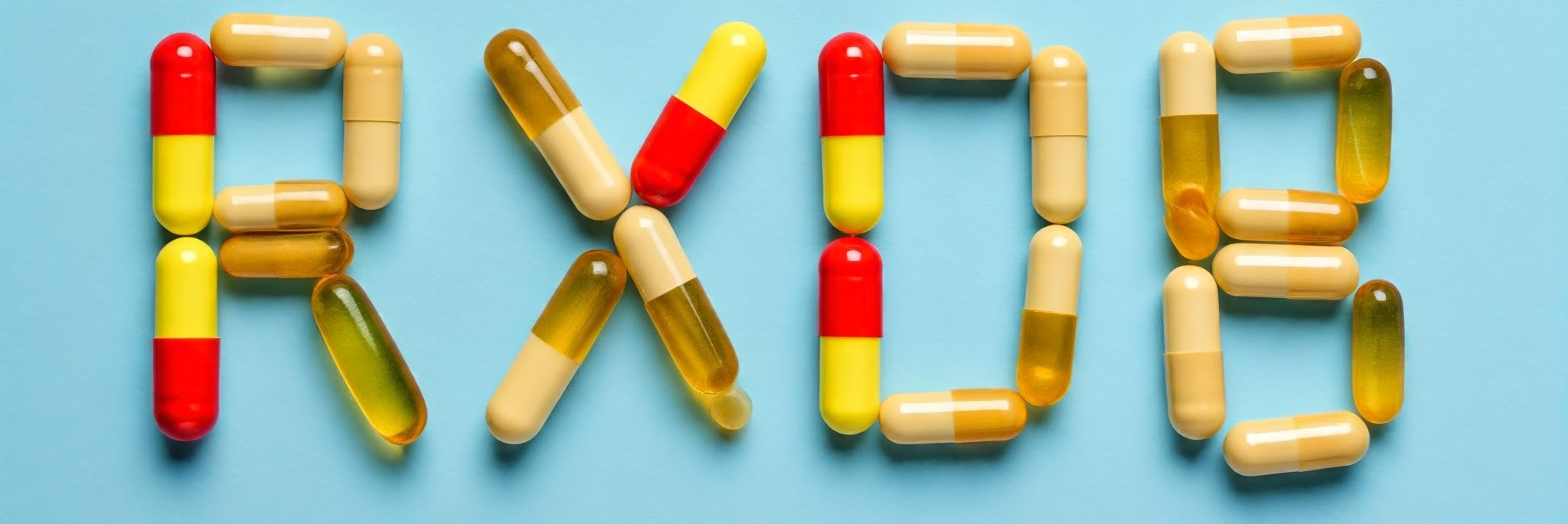Indocyanine Green, also known as ICG, is a fluorescent dye that is commonly used in medical imaging procedures. It is administered intravenously and then visualized using specialized imaging equipment to help healthcare providers assess blood flow, lymphatic drainage, and tissue perfusion in various parts of the body.
ICG is particularly useful in procedures such as angiography, where it can help identify blood vessels and assess their function. It is also used in ophthalmology to evaluate retinal blood flow and in liver function tests to assess hepatic function.
One of the key benefits of ICG is its safety profile. It is considered a safe and well-tolerated dye, with minimal risk of adverse reactions. However, as with any medical procedure, there are potential risks and side effects associated with the use of ICG. These may include allergic reactions, nausea, and rare cases of anaphylaxis.
It is important for healthcare providers to carefully assess each patient’s individual medical history and potential risk factors before administering ICG. Patients should also be informed of the potential risks and benefits of the procedure and given the opportunity to ask any questions they may have.
Overall, Indocyanine Green is a valuable tool in medical imaging that can provide important information to help healthcare providers make informed decisions about patient care. Its safety profile and versatility make it a valuable asset in a variety of medical specialties.

